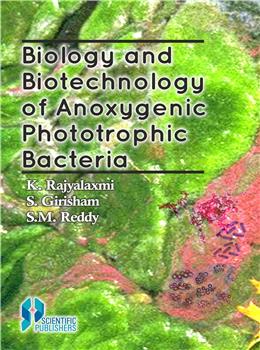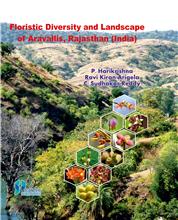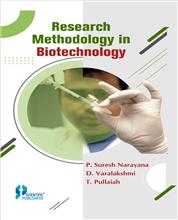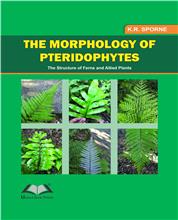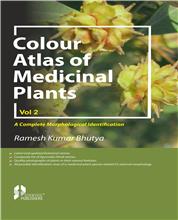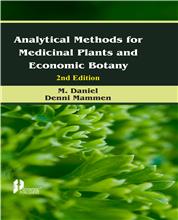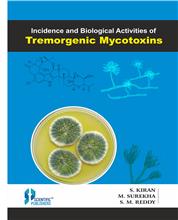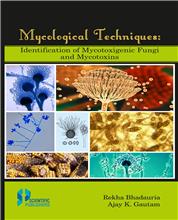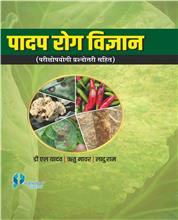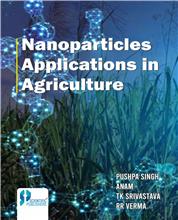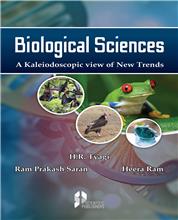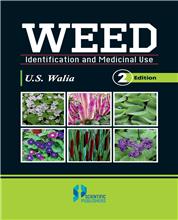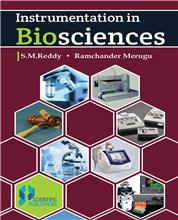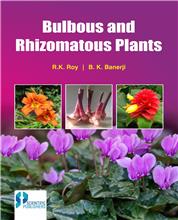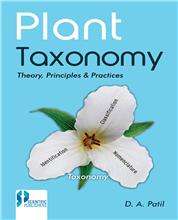1. Introduction
1.1. History
1.2. Ecological diversity
1.3. Biodiversity
1.4. Biotechnological applications
2. Isolation and Cultivation
Isolation Procedures
2.2.1. Medium for Enrichment and Cultivation of Purple Sulfur
Bacteria
2.2.2. Medium for the Enrichment and Cultivation of
Ectorhodospiraceae members
2.2.3. Isolation and Cultivation of Purple Non-Sulfur Bacteria
2.4. Isolation and Enrichment of Green Bacteria
2.4.1. Green Sulfur Bacteria
2.5. Isolation and Enrichment of Green Non-Sulfur Bacteria
2.6. Isolation and Enrichment of Heliobacteriaceae Members
3. Taxonomy
3.1 Purple Non-Sulphur Bacteria
3.2 Purple Sulfur Bacteria
3.3. Green Sulphur Bacteria
3.4. Green Non- Sulphur Bacteria (Multicellular Filamentous Bacteria)
3.5. Firmicutes
4. Photosynthesis
4.1. Anaerobic Photosynthetic Bacteria
4.1.1. Purple Bacteria
4.1.2. Green Bacteria
4.1.3. The Filamentous Anoxygenic Photolithotrophic Bacteria
4.1.4. The Photoheterotrophic Heliobacteria
4.2. Aerobic Anoxygenic Phototrophic Bacteria
4.3. Photosynthetic Apparatus- Light Harvesting Pigments
4.3.1. Bacteriochlorophyll
4.3.2. Carotenoids
4.3.3. Pheophytin
4.3.4. Structure of Chlorosome
4.4. Properties of Light
4.4.1. Light Harvesting Complexes
4.5. Electron Transport in Purple Bacteria
4.5.1. The Structure of the Light Harvesting Complexes
4.6. Function of Light Harvesting Complexes
4.7. The Reaction Centre (RC)
4.7.1. Purple Bacterial Reaction Centre
4.7.2. Functioning of Reaction Centers
4.8. Photosynthetic Unit (PSU)
4.8.1. Energy Transfer within the PSU
4.8.2. Excitation of Antenna Molecules and Resonance Transfer
4.9. Electron Transport.
4.9.1. Green Sulfur Bacteria
4.9.2. Heliobacteria
4.9.3. Purple bacteria
4.9.4. Aerobic Anoxygenic Phototrophic Bacteria
4.10. Photophosphorylation in Halophilic Phototrophic Bacteria
4.11. Photochemical Reaction Center
4.12. Photosynthetic Electron Transport Chain
4.13. Pattern of Electron Flow
5. Carbon metabolism
5.1. Acetate Assimilation
5.1.1. The Oxidative Glyoxylate Cycle
5.1.2. Pyruvate Synthase
5.1.3. The Ethylmalonyl-CoA Pathway
5.2. Flow of Reducing Equivalent in Photoautotrophs and
Photoheterotrophs
5.3. Anaplerotic CO2 Assimilation
5.4. Carbohydrate Metabolism
5.4.1. Anaerobic Anoxygenic Phototrophic Bacteria (APB) and
Aerobic Anoxygenic Phototrophic Bacteria (AAPB)
5.4.2. Heliobacteria
5.4.3. Filamentous Anoxygenic Phototrophic Bacteria (FAPB)
5.5. Aldolases Employed in the EMP and ED Pathway
5.6. The Tricarboxylic Acid Cycles (Forward, Reverse and Branched)
5.7. Citrate metabolism and The TCA Cycle
5.8. Evolutionary Perspectives
5.9. Carbon metabolism in Photoorganotrophs
5.10. Photometabolism in Anoxygenic Phototrophic Bacteria
5.11. Hydrogen and Inorganic Sulfur Compounds
5.12. Acetate Photometabolism
5.14. Formate Photometabolism
5.16. Butyrate Photometabolism
5.17. Anaerobic Tricarboxylic Acid and Reductive CO2 Fixation
5.18. Acetone and Alcohol Photometabolism
5.19. Glycine Photometabolism
5.20. Methane Photometabolism
5.21. Aromatic Compounds Metabolism
5.22. Photochemical Nitrogen Fixation
5.23. The Electron Acceptor in Purple Bacteria
6 . Sulfur Metabolism
6.1. Introduction
6.2. Transformations of Sulfur Compounds
6.2.2. Green Sulfur Bacteria
6.2.3. Purple Non-Sulfur Bacteria
6.2.4. Aerobic Bacteriochlorophyll-Containing Bacteria
6.2.5. Filamentous Anoxygenic Phototrophs
6.2.6. Heliobacteria
6.3. Oxidative Sulfur Metabolism
6.3.1. Purple Sulfur Bacteria
6.3.2. Green Sulfur Bacteria
6.3.3. Purple Non-sulfur Bacteria
6.3.4. Aerobic Bacteriochlorophyll-Containing Bacteria
6.3.5. Sulfur Oxidation Pathways
6.4. Sulfate Assimilation
6.5. Uptake of Sulfate
6.5.1. Activation of Sulfate
6.5.2. Reduction to Sulfite
6.5.3. Reduction of Sulfite and Sulfide
6.5.4. Incorporation of Sulfide
6.6. Conclusion
7. Ecology of Anoxygenic Phototrophic Bacteria
7.1. The Role of Hydrogen Sulfide
7.2. The Relations to Oxygen
7.3. The Role of Light
7.4. Habitats of Chromatiaceae
7.5. Habitats of Purple non-sulfur bacteria
7.6. Habitats of Green Sulfur Bacteria
8. Hydrogen - Non-Conventional energy
8.1 Waste Water Treatment and Hydrogen Production
8.2.1. Light Driven Hydrogen Production
8.1.2. Photo-Fermentation
8.1.3. Dark Fermentation
8.1.3. Hybrid Reactor System
8.1.4. Water–Gas Shift Reaction of Photoheterotrophic Bacteria
9. Single cell protein
9. 1. Microorganisms
9.2. Raw Materials
9.4. Steps in SCP production
9.3. Mixed Cultures
9.5. Fermentation Processing for SCP Production
9.6. Nutritional Status of SCP
9.7. Toxicological status of SCP
9. 8. Nucleic Acid Status
9.9. Improvement of Quality of SCP
9.10. Downstream Process
9.11. Utilization of SCP
9.12. Prospects
10. Bioremediation of waste water
10.1. Dissolved Oxygen Concentration as an Indicator of Water Quality
10.2. Site Surveys
10.3. The Strength of Fermentation Effluents
10.4. Treatment and Disposal
10.4.1. Disposal
10.4.2. Treatment: Primary treatment
11. Biotechnological Applications
11.1. Biosynthesis of carotenoids and other terpenoids
11.2. Production of functional proteins membrane
11.3. Ubiquinones (Co enzymes Q)
11.4. Vitamins
11.5 Hormones
11.6. Enzymes
11.7. Antibiotics/Antiviral Substances
11.8. Ammonia (NH3)
11.9. Nitrogen fixation
11.10. Bacteriocins
11.11. Denitrification
11.12. Hopanoids
11.13. Biofertilizers
11.14. Biodegradable polyesters
11.15. Biopesticides
11.16. Enhancement of calorific value of biogas using APB
11.17. Enhancement of indigo extraction using APB
11.18. Microbial enhanced pulping of secondary fibers by APB
11.19. Miscellaneous applications
References
